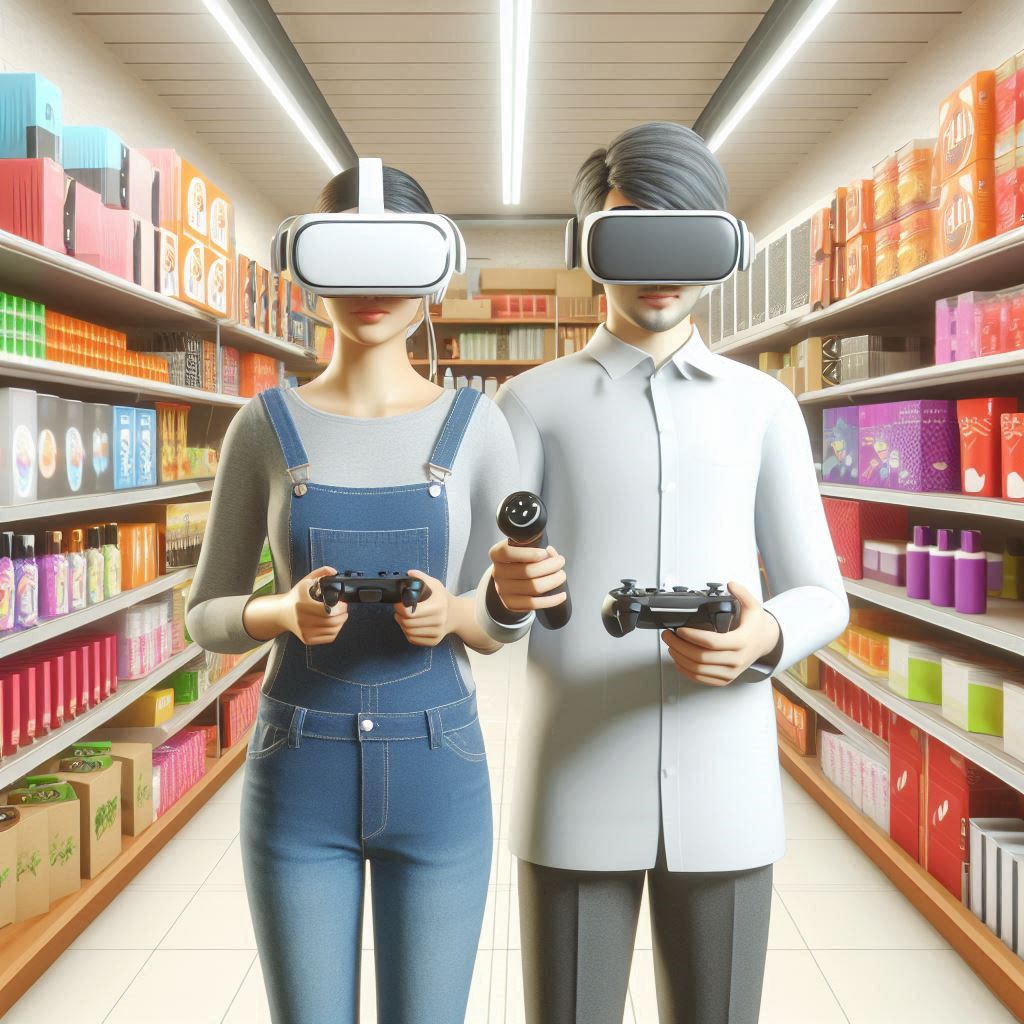
Let’s get phygital
Digital transformation has been doing the rounds over the last few years, but it’s time for the latest buzzword to hit the archives. It’s 2024, and as a brand, you should now be in a state of being ‘digitally transformed’. From here on in, and in the words of Olivia Newton-John (kind of), it’s time to get ‘phygital’.
What is ‘phygital’? Like a perfect coffee, it’s the art of blending. But we are not talking beans; it’s the blending of the physical and digital to create an experience for customers that keeps them engaged in the brand.
Today’s consumer has everything they need at their fingertips. Customers do not need to visit a store. Still, despite the constant headlines that ‘retail is dead’ and the decline in footfall in high streets and malls, research shows that consumers want to visit the store. 47% of consumers prefer to purchase clothing in-store on the high street. But how do brands ensure people keep returning rather than shopping from the comfort of their homes or, even worse, moving to a competitor?
Technology is the key to unlocking the potential of the ‘phygital’ approach. Mobile technology acts as the bridge between physical and digital. When combined with immersive retail, it sets brands apart by enhancing the in-store customer experience and fostering a deeper emotional connection. Touch screens, augmented reality, virtual try-on, mirror screens, lift-and-learn technology, and digital pricing are all technologies that a brand can deploy to create unique and engaging experiences. The possibilities are endless, and the future is exciting.
However, it’s not just about the technology. For a ‘phygital’ approach to succeed and endure, brands must have a robust content strategy. This strategy, which should go beyond the initial launch, involves regularly refreshed content relevant to the audience and market and consistent with the brand’s visual and tonal identity. A strong content strategy is not just a nice-to-have, it’s a must-have for maintaining customer interest and ensuring the longevity of the ‘phygital’ approach.
A pioneer in phygital retail is Lowe’s. Lowe’s began their journey with ‘View in your Space’, an AR feature that took the store to its customers’ homes while resolving a barrier to purchase. The AR feature in Lowe’s app enabled customers to scan their surroundings and drag and drop a product into their desired spot, making it easy to see if its dimensions fit in the desired space. Its interactive store digital twin at NVIDIA GTC leveraged NVIDIA Omniverse Enterprise and showcased a future in which store associates can visualize and interact with nearly all of a store’s digital data, giving them superpowers to optimize operations and localize plans to serve customer needs better. Most recently, it launched Lowe’s Style Studio, a breakthrough experience for the home improvement industry designed exclusively for Apple Vision Pro. Taking advantage of the unique capabilities of spatial computing to help its customers visualize and design their dream kitchen from the comfort of their homes, making home improvement easier than ever.
Lowe’s is an exemplary retailer that continues to innovate and leverage the latest tech with relevant content to improve the brand experience for its customers.
So, getting back to Olivia… let’s get phygital.
